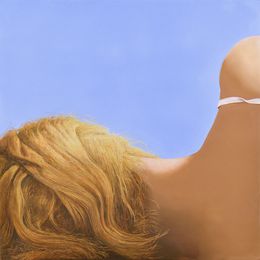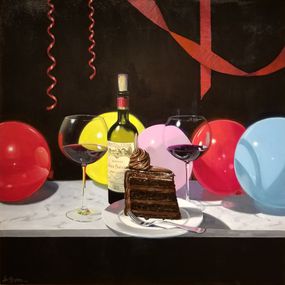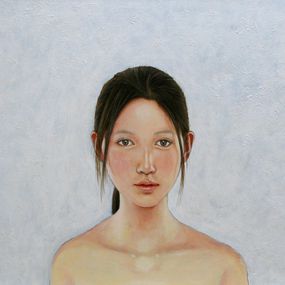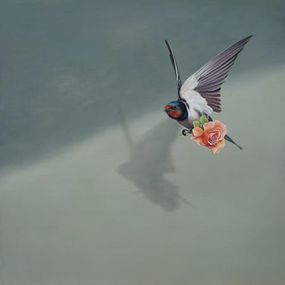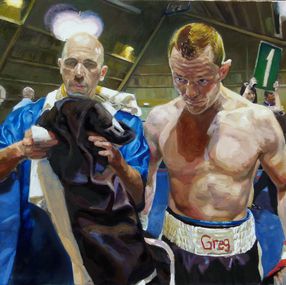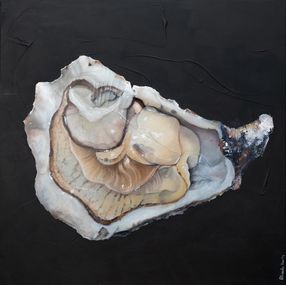

When the light vanishes, the visual emotion also fades.
Biography
Ever since his first paintings, Gérard Schlosser chooses figurative art: fragments of bodies, painted in solid color and encircled in black. These works remind the explorations of Pop Art. Starting in 1967, he uses sand on his painted surfaces and that gives a particular vibration to his works: each grain adds depth, with a part of light and its own shadow.
Gérard Schlosser is a painter that uses multiple techniques. In the '70s, he starts using photography and photomontage in his paintings, cutting different shapes and associating elements from different documents. Afterwards, he builds a system in this direction, as many artists belonging to the Narrative Figuration movement did (Monory, Rancillac, Aillaud, Fromanger, with whom he took part in the Mythologies quotidiennes 2 exhibition in 1977). The usage of the episcope that allows the projection of an image on the canvas becomes very popular.
Nationality
Categories
Artistic movements
Themes

Gérard Schlosser
Painting - 100 x 100 x 2.5 cm Painting - 39.4 x 39.4 x 1 inch
€25,000
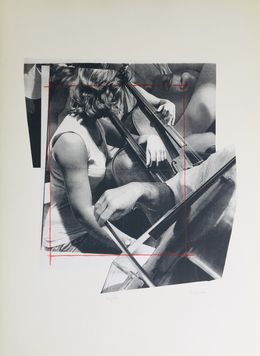

Gérard Schlosser
Painting - 29.5 x 43 x 0.2 cm Painting - 11.6 x 16.9 x 0.1 inch
€2,000
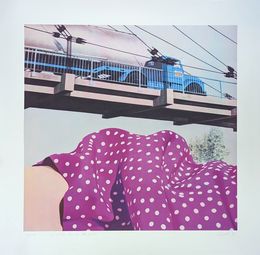
Gérard Schlosser
Print - 70 x 70 x 0.1 cm Print - 27.6 x 27.6 x 0 inch
€900

Gérard Schlosser
Painting - 100 x 100 x 3 cm Painting - 39.4 x 39.4 x 1.2 inch
€25,000

Gérard Schlosser
Print - 55 x 37 x 0.5 cm Print - 21.7 x 14.6 x 0.2 inch
€300
